What’s the difference between ceramic and composite bonding?
Composite bonding uses a white filling material to make minor changes to your smile, by bonding the composite material to your natural teeth.
Ceramic veneers are made in a laboratory in a specialised process with a ceramist. They are custom made specifically for the case and and cover the entire front surface of the tooth.
What is composite bonding?
Composite bonding is a cosmetic treatment to restore teeth following a fracture, or reshape and improve the colour of teeth using a resin material.
It is an extremely popular treatment in today’s current UK trends and is used by patients wanting to improve the aesthetics of their smile.
What does composite bonding look like?
Composite bonding is a resin material that is bonded to your natural tooth. Dentists can match the shade of the composite material perfectly, so to the human eye it is very discreet and not noticeable.
It will appear as if it is your natural tooth! This patient was over the moon with their result, check out more cases at Marylebone Smile Clinic.
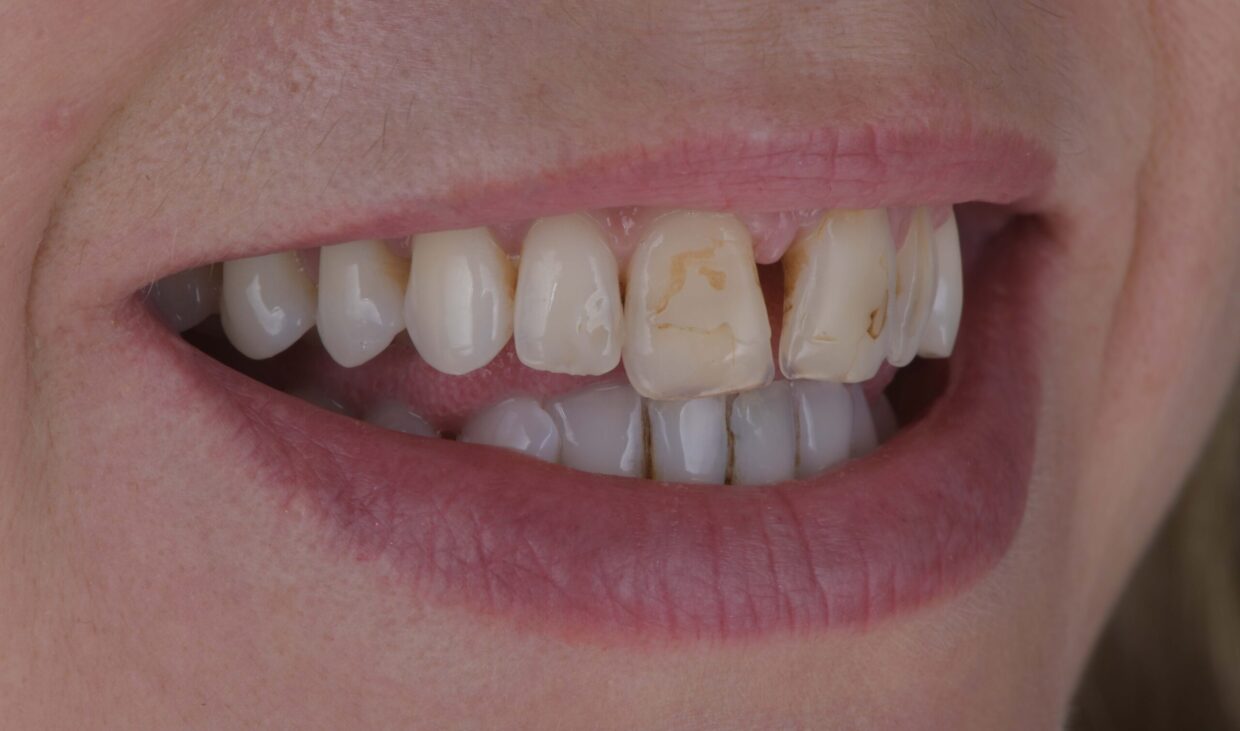
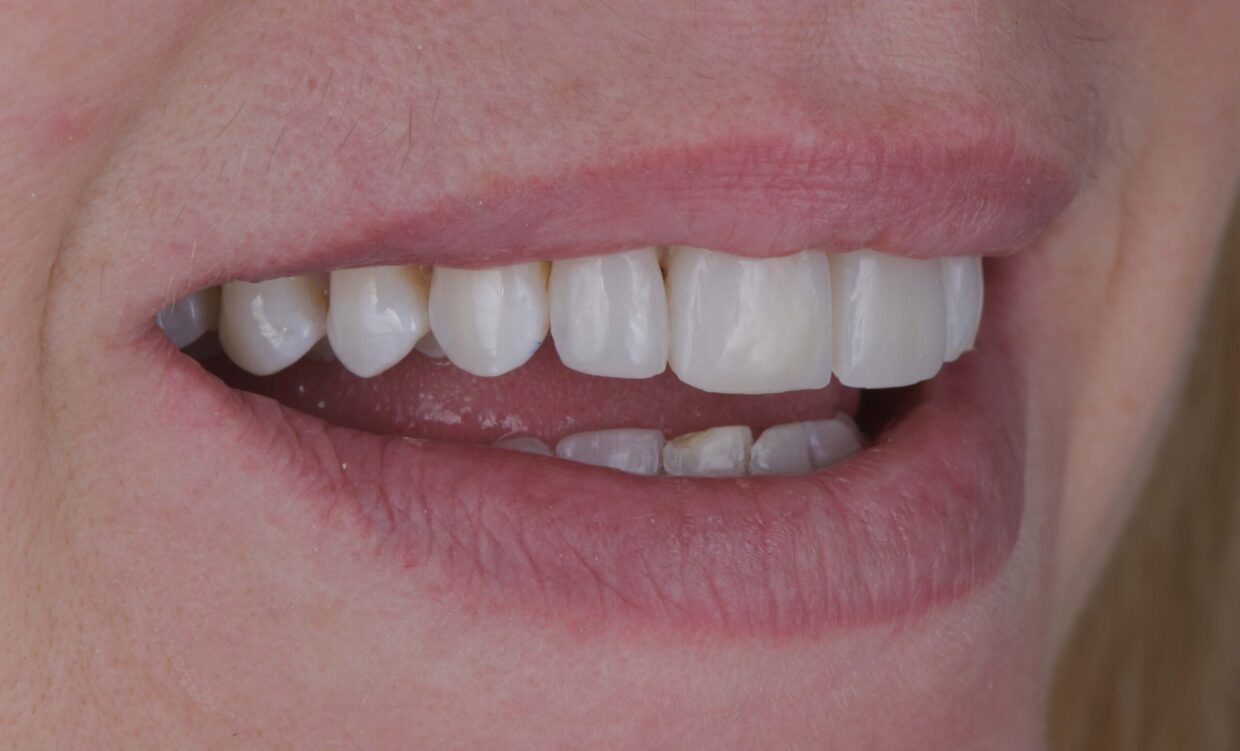
What is ceramic bonding?
Ceramic bonding is a term which is infrequently used and is more commonly known as ceramic veneers, both of these treatment names represent the same treatment.
Ceramic bonding/ceramic veneers are usually made from lab made materials such as porcelain and are fantastic for patients looking for a cosmetic enhancement to their smile by changing the shape, colour, and overall aesthetics of your smile. Very popular for those patients looking for a smile transformation and those looking for a natural change too!
What is the process for ceramic bonding?
Following a health check from the dentist confirming that ceramic bonding/veneers is a suited treatment for you, the treatment appointments are generally conducted over two sessions.
The first session is the ‘preparation’ stage. This is where your dentist will change the shape of your natural teeth (5%-15% deduction) in order to create space for your veneers. Impressions are taken, and your temporary veneers are placed.
SIDE NOTE: temporary veneers are great at giving both you and the dentist an initial outcome at what the final look will appear like! For this reason, along with many others, temporary restorations are a very important stage of the process and are your trial smile, so please ensure these are always included in your treatment plan! If not, it can lead to problems such as devitalisation of the tooth/teeth, and extreme sensitivity.
Following your preparation appointment, the impressions are sent of to a laboratory, and your veneers are then custom made for you! Around 2 weeks later, you will return to the practice to have your temporary veneers removed, and your final ones fitted!
What is ceramic bonding for?
Ceramic bonding/veneers is mainly used to change the overall appearance of your teeth by using a material such as porcelain, to cover the front surface of your tooth/teeth.
One of the great things about ceramic bonding/veneers is that is keeps the deduction of the natural teeth minimal (5%-15).
It can also be a fantastic option for crooked teeth, gaps, discolouration, peg laterals, worn teeth, broken teeth and many more.
What does ceramic bonding look like?
Here is a before and after of a patient who had upper and lower ceramic bonding/ceramic veneers placed. This patient was unhappy with the aesthetics of their smile, wanting to change the shape, positioning and create a brighter, whiter smile.
Using minimal preparation, and a natural shade to match the other natural teeth, this patient was extremely happy with the result and has now gained confidence above all else!
Take a look at a few more of these in our Smile Gallery at Marylebone Smile Clinic.
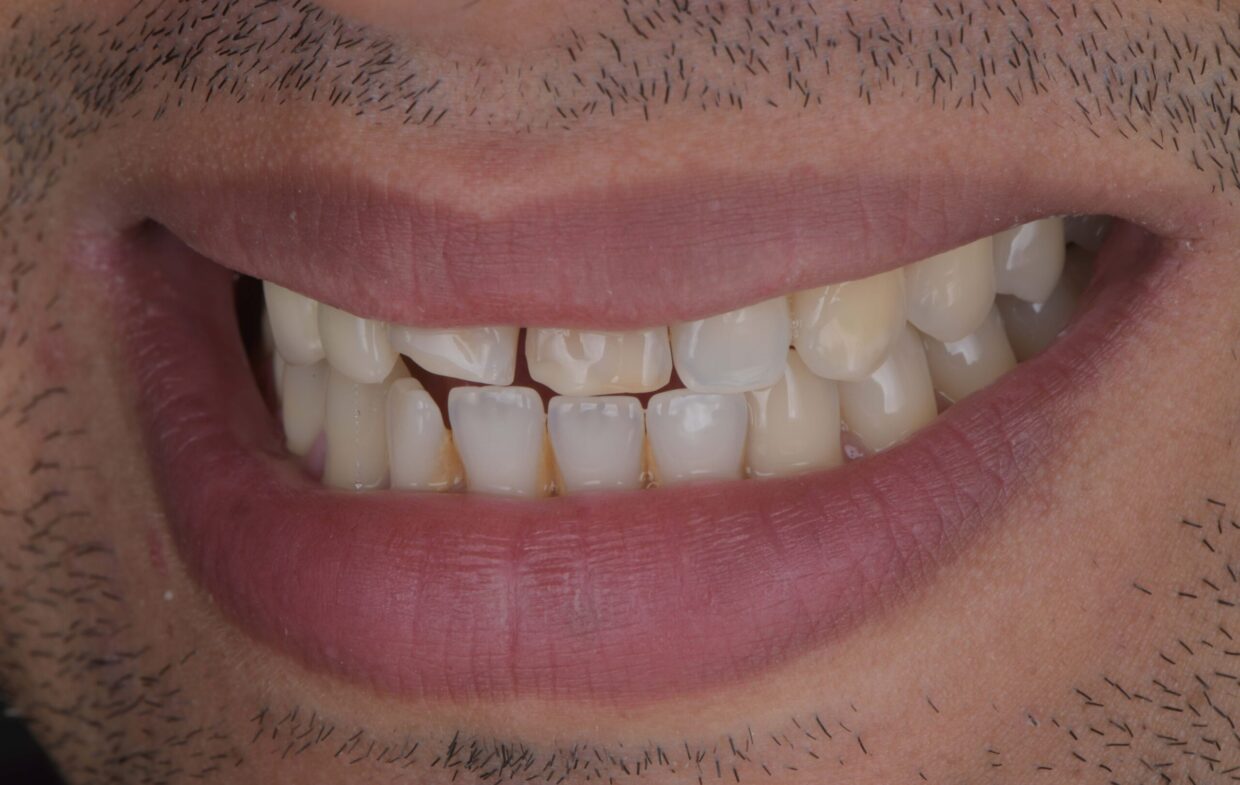
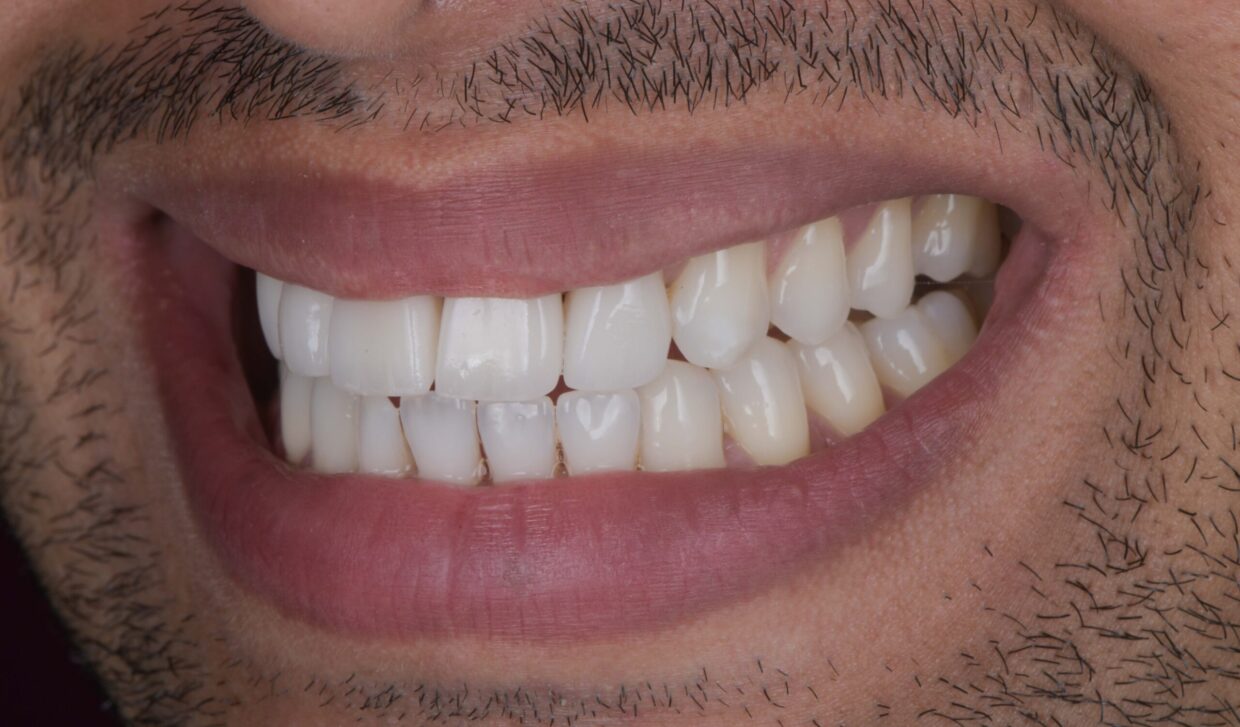
Pros and cons of composite bonding
| Pros | Cons |
| Cost effective | 6-8 years average lifespan |
| Non invasive | Chips easier than ceramic veneers |
| Natural aesthetic appearance | Can stain over time |
| Easy to repair | Requires yearly visits for re-polishing and maintenance |
| Can be removed relatively straight forward | Irreversible |
| Treatment completed on average in one-two appointments |
Pros and cons of ceramic veneers
| Pros | Cons |
| Fantastic aesthetic appearance | In comparison to composite bonding, some removal of natural tooth is required |
| Minimal preparation of teeth, removing 5-15% of natural tooth | Can be costly to maintain |
| 10–20 years average lifespan | Treatment completed on average in two-three appointments |
| Ceramic will not stain | More expensive than composite bonding |
| Does not require a great deal of maintenance visits | Versatile for mild-severe cosmetic concerns |
| Treatment completed on average in two-three appointments | Dental Tourism often refer to their treatments as veneers, when in fact they are crowns |
Making a decision: what is better?
There are many factors you will consider during the decision-making process of whether to choose composite bonding or ceramic bonding/ceramic veneers.
Firstly, cost… Composite Bonding is the cheaper option; however, the life span of this treatment is less than ceramic bonding/ceramic veneers, so there will be more frequent replacement work required.
Another thing to consider is the non-invasive or minimal invasive approach. Composite bonding requires less tooth reduction preparation, or sometimes even no preparation, whilst ceramic bonding/ceramic veneers requires a little more reduction, up to 15% of the tooth in our clinic.
However, the durability and strength of veneers is considerably higher than composite bonding. Another thing to consider is composite bonding can stain over time, and requires yearly maintenance visits for polishing, whereas ceramic bonding/ceramic veneers do not require this and do not stain.
Essentially, the decision is yours, but it is a great idea to discuss this in detail with your cosmetic dentist like London based Marylebone Smile Clinic from 66 Harley Street, to ensure it will give you the aesthetics and results that you desire!
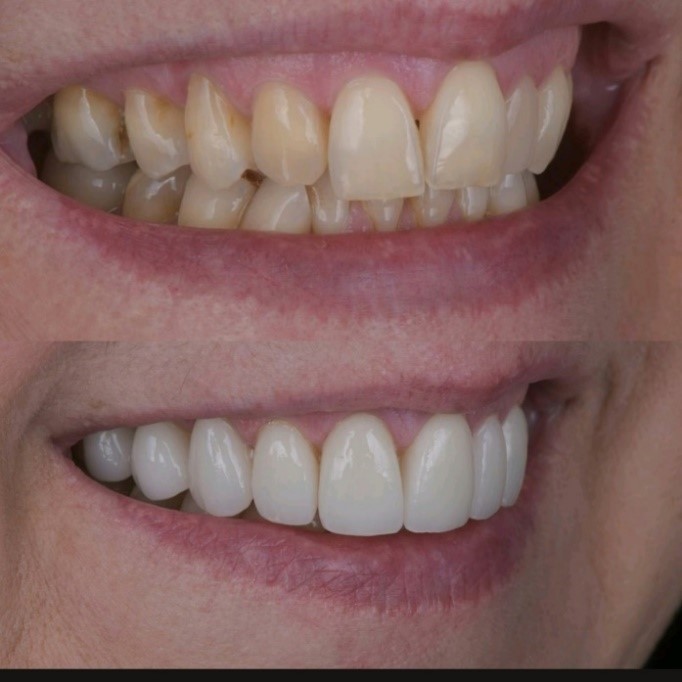
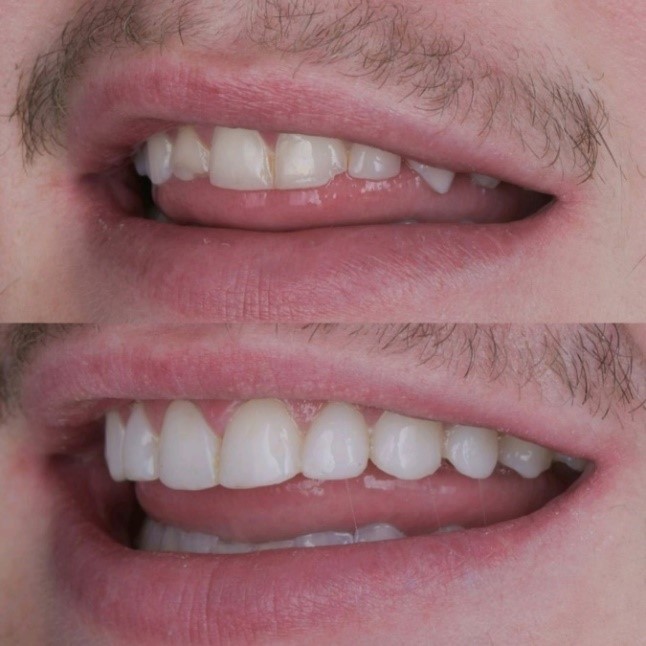
Want to know more?
Get in touch to enquire about our services or to book an appointment.



